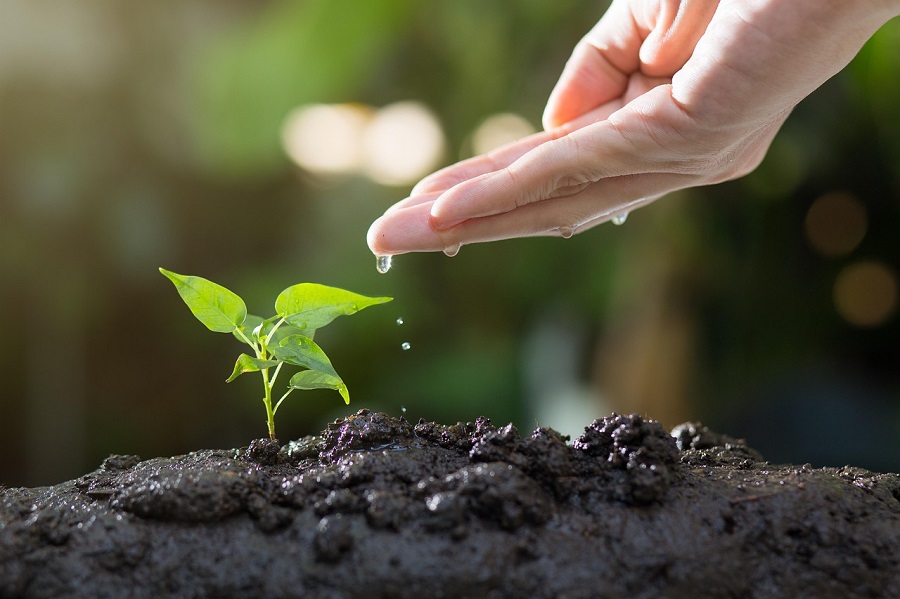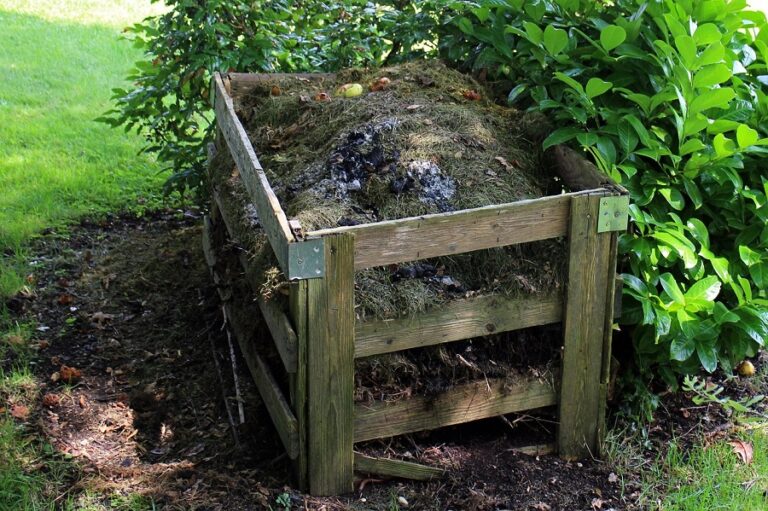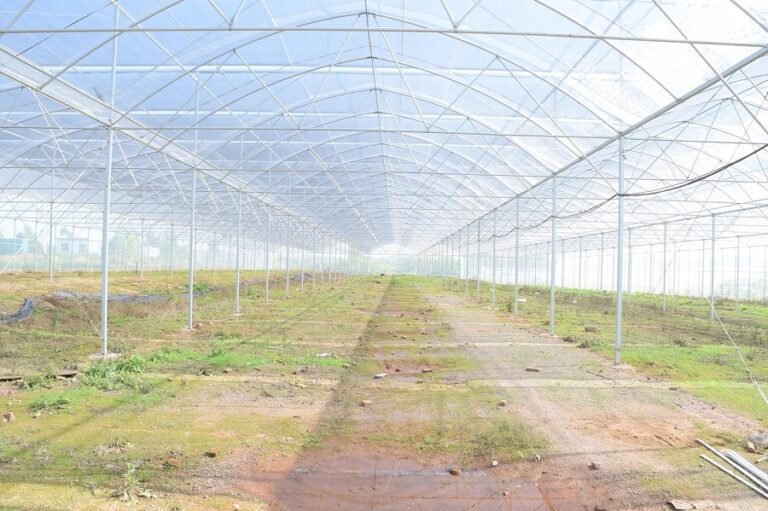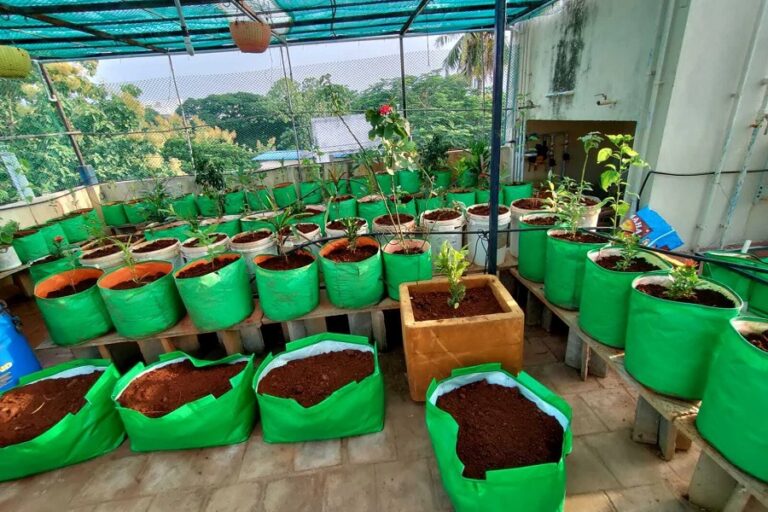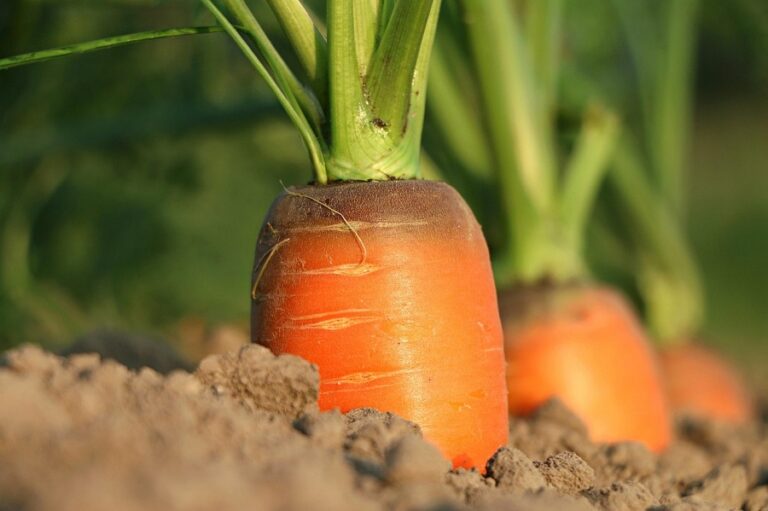Soil Basics 101: How to Know If Your Soil is Healthy
Healthy soil is the foundation of successful farming and gardening. It not only provides essential nutrients to plants but also supports water retention, aeration, and microbial life. Whether you are a farmer or a home gardener, understanding your soil’s condition is the first step towards better yields and sustainable cultivation. In this guide, we will explore the basics of soil health and how you can check if your soil is healthy.
Why Soil Health Matters
- Healthy soil ensures better crop productivity.
- Improves water absorption and reduces erosion.
- Encourages beneficial microbes and earthworms.
- Balances nutrients for stronger and disease-resistant plants.
- Supports long-term soil fertility and sustainability.
Signs of Healthy Soil
- Dark, crumbly texture: Indicates good organic matter and humus content.
- Earthworm activity: The Presence of earthworms shows soil is rich in organic matter and well-aerated.
- Moisture retention: Healthy soil holds water but does not stay waterlogged.
- Pleasant earthy smell: Indicates presence of beneficial microbes.
- Diverse plant growth: A variety of healthy plants growing naturally is a sign of fertile soil.
Basic Soil Tests You Can Do at Home
- Jar Test for Soil Type: Mix soil with water in a jar, let it settle, and observe layers of sand, silt, and clay.
- Drainage Test: Dig a small pit, fill it with water, and check how quickly it drains. Too slow = clay soil, too fast = sandy soil.
- Earthworm Count: Dig 1 square foot of soil, count the worms. 8–10 worms is a sign of healthy soil.
- pH Paper Test: Use simple pH strips; 6–7 is ideal for most crops.
Laboratory Soil Testing
For accurate results, farmers should send soil samples to government or private laboratories. A soil test report provides details about:
- pH level
- Organic carbon
- Macronutrients (N, P, K)
- Micronutrients (zinc, iron, boron, etc.)
- Soil salinity
Based on the report, you can plan fertilizer application, crop selection, and soil amendments.
Tips to Improve Soil Health
- Add organic matter like compost, farmyard manure, and green manure.
- Practice crop rotation to maintain nutrient balance.
- Grow cover crops such as legumes to fix nitrogen.
- Avoid excessive use of chemical fertilizers and pesticides.
- Mulch your soil to conserve moisture and encourage microbes.
Government Support in India
- Soil Health Card Scheme: Provides farmers with soil test-based recommendations for nutrient management.
- Krishi Vigyan Kendras (KVKs): Offer soil testing and training to farmers.
- Agricultural Universities: Conduct awareness programs on soil fertility and conservation.
FAQs on Soil Health
Q1. How often should I test my soil?
At least once every 2–3 years, or before starting a new crop cycle.
Q2. Can poor soil be improved?
Yes, with organic amendments, mulching, and crop rotation, soil fertility can be restored.
Q3. What is the ideal pH for healthy soil?
Most crops grow best in slightly acidic to neutral soil (pH 6.0–7.5).
Q4. Is soil health the same everywhere?
No, soil varies greatly by region. Each farm or garden should test its soil for specific management practices.
Soil is a living system that supports agriculture and food security. By learning the basics of soil health, conducting simple tests, and adopting sustainable practices, farmers and gardeners can ensure healthier soils and higher productivity. Remember, healthy soil = healthy crops = healthy future.
